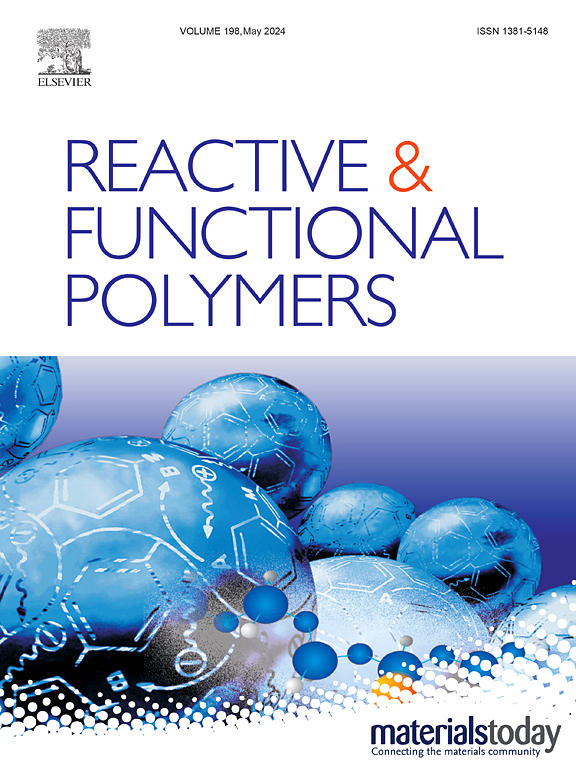Enhancing the performance of natural fiber composites: Integrating Walikukun fiber and aluminum filler in epoxy matrices
IF 5.1
3区 工程技术
Q1 CHEMISTRY, APPLIED
引用次数: 0
Abstract
This study investigates the development of Walikukun fiber (WF)-reinforced epoxy composites by systematically incorporating both fiber treatments and aluminum filler to address the dual challenges of improving mechanical properties and reducing water absorption. Specifically, WF was pre-treated with alkali (NaOH) and subsequently coated with polyvinyl alcohol (PVA) prior to integration into an epoxy matrix, while aluminum filler was added to further enhance performance. Comprehensive mechanical characterization revealed that tensile strength increased from 94.73 MPa for untreated fibers to 124.37 MPa for NaOH- and PVA-coated composites, and bending strength improved from 131.73 to 164.37 MPa. The water absorption rate of the composites decreased from 4.77 % to 4.05 % when the fibers were PVA-coated. Dynamic Mechanical Analysis demonstrated a higher storage modulus of up to 2595.09 MPa for composites containing aluminum filler, indicating improved stiffness. By introducing WF as a novel reinforcement and employing an integrated fiber treatment and filler approach, this work offers a pathway to producing high-performance, sustainable composite materials suitable for various industrial applications.

提高天然纤维复合材料的性能:在环氧基中集成瓦利库昆纤维和铝填料
本研究探讨了Walikukun纤维增强环氧复合材料的发展,系统地结合纤维处理和铝填料,以解决提高机械性能和降低吸水率的双重挑战。具体来说,WF先用碱(NaOH)预处理,然后涂上聚乙烯醇(PVA),然后融入环氧树脂基体,同时添加铝填料以进一步提高性能。综合力学性能表征表明,NaOH-和pva涂层复合材料的抗拉强度从未处理的94.73 MPa提高到124.37 MPa,抗弯强度从131.73 MPa提高到164.37 MPa。聚乙烯醇包覆后,复合材料的吸水率由4.77%降至4.05%。动态力学分析表明,含铝填料的复合材料的存储模量更高,达到2595.09 MPa,表明复合材料的刚度有所提高。通过引入WF作为一种新型增强材料,并采用综合纤维处理和填充方法,这项工作为生产适用于各种工业应用的高性能、可持续复合材料提供了一条途径。
本文章由计算机程序翻译,如有差异,请以英文原文为准。
求助全文
约1分钟内获得全文
求助全文
来源期刊

Reactive & Functional Polymers
工程技术-高分子科学
CiteScore
8.90
自引率
5.90%
发文量
259
审稿时长
27 days
期刊介绍:
Reactive & Functional Polymers provides a forum to disseminate original ideas, concepts and developments in the science and technology of polymers with functional groups, which impart specific chemical reactivity or physical, chemical, structural, biological, and pharmacological functionality. The scope covers organic polymers, acting for instance as reagents, catalysts, templates, ion-exchangers, selective sorbents, chelating or antimicrobial agents, drug carriers, sensors, membranes, and hydrogels. This also includes reactive cross-linkable prepolymers and high-performance thermosetting polymers, natural or degradable polymers, conducting polymers, and porous polymers.
Original research articles must contain thorough molecular and material characterization data on synthesis of the above polymers in combination with their applications. Applications include but are not limited to catalysis, water or effluent treatment, separations and recovery, electronics and information storage, energy conversion, encapsulation, or adhesion.
 求助内容:
求助内容: 应助结果提醒方式:
应助结果提醒方式:


